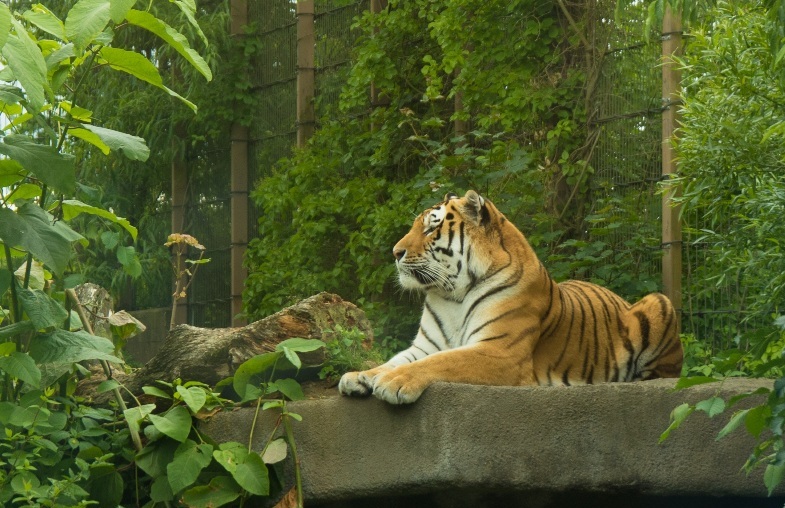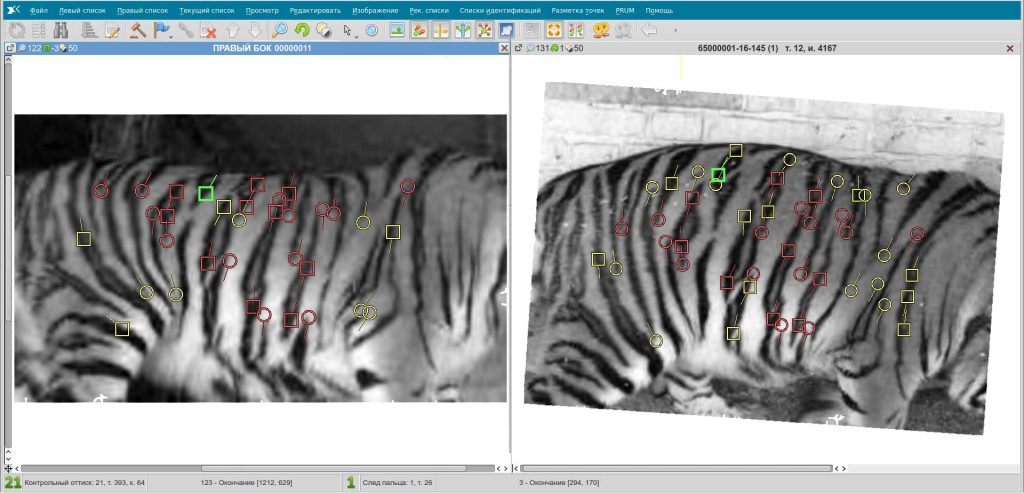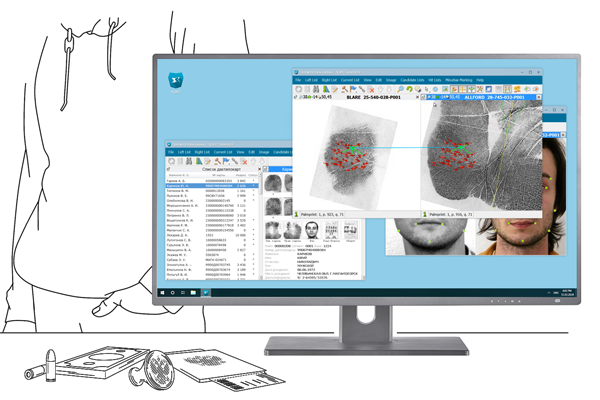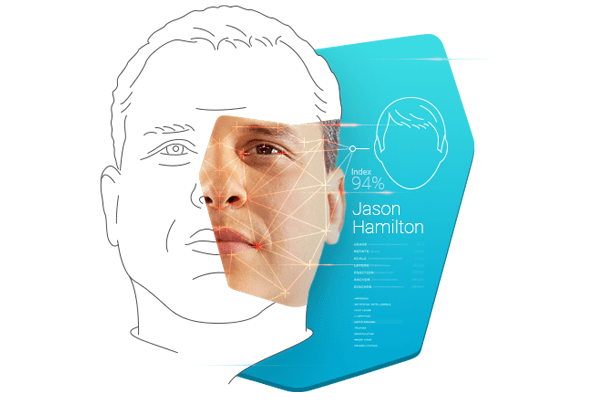Antecedentes y tareas
En los últimos cien años, la población de tigres de Amur se ha reducido 25 veces. Por esta razón, desde 1947, la especie está protegida por la comunidad internacional y de los países donde habita. Actualmente, el 95% de la población de tigres de Amur vive en el Extremo Oriente de Rusia. En 2013, por iniciativa del Presidente de la Federación de Rusia, Vladímir Putin, se estableció la organización autónoma sin ánimo de lucro Tigre de Amur. Esta organización se dedica al estudio y la preservación de la población de estos depredadores, incluidos en el Libro Rojo de especies amenazadas de Rusia. En 2017, el director de la organización propuso automatizar el proceso de reconocimiento de los tigres.
Tareas:
- Desarrollar un sistema de identificación de tigres basado en imágenes capturadas con 5000 cámaras trampa
- Realizar la posibilidad de pasaportar a los animales
- Automatizar la recopilación de información sobre el tiempo y la ubicación de cada individuo para estudiar los flujos migratorios
Trabajo realizado
Se llevaron a cabo investigaciones y se propusieron los siguientes algoritmos para la identificación de los animales:
1. Por las rayas en el cuerpo
El método se basa en una característica natural del animal: las rayas oscuras transversales forman un patrón complejo en el pelaje naranja. El dibujo de rayas es único para cada individuo: en la naturaleza no existen dos tigres con el mismo patrón. Para la identificación utilizamos algoritmos del SAID (AFIS): codificamos nueve imágenes de los lados de los tigres, enviadas por la organización, y seis imágenes obtenidas de Internet. Como resultado, el sistema identificó correctamente a cada individuo.
2. Por la imagen de aspecto externo de la cabeza
El segundo método se basa en imágenes de las cabezas de los tigres en vista frontal. Se introdujeron 61 imágenes en el sistema de reconocimiento facial POLYFACE: algunas imágenes eran reales, tomadas con cámaras trampa, y otras obtenidas de Internet. Al colocar manualmente los puntos de las pupilas, todas las imágenes de las cabezas de los tigres fueron codificadas y buscadas con éxito.
Calcular una solución equivalente
Productos utilizados
Resultados y efecto
Los estudios realizados han demostrado que, después de las mejoras, los algoritmos pueden aplicarse efectivamente para crear un sistema multibiométrico automatizado de registro e identificación de tigres. Con la ayuda del sistema, los operadores podrán:
- Mantener un registro de los tigres; introducir información fotográfica tanto al registrar a los tigres, como al obtener imágenes de las cámaras trampa.
- Realizar identificaciones y registros mediante los patrones únicos de la piel (o sus fragmentos), así como por el aspecto externo de la cabeza del tigre.
- Descargar información sobre, por ejemplo, la migración de un tigre particular en un periodo del año (o años) específico, determinar su hábitat, proximidad a otros tigres, sus hábitos, comportamiento, etc.
El sistema puede ser de gran ayuda para científicos y especialistas en el campo de estudio de los tigres de Amur. Una enorme cantidad de datos puede procesarse con un mínimo de tiempo y esfuerzo humano: uno o dos operadores son suficientes para el trabajo. El proyecto está listo para implementarse.








